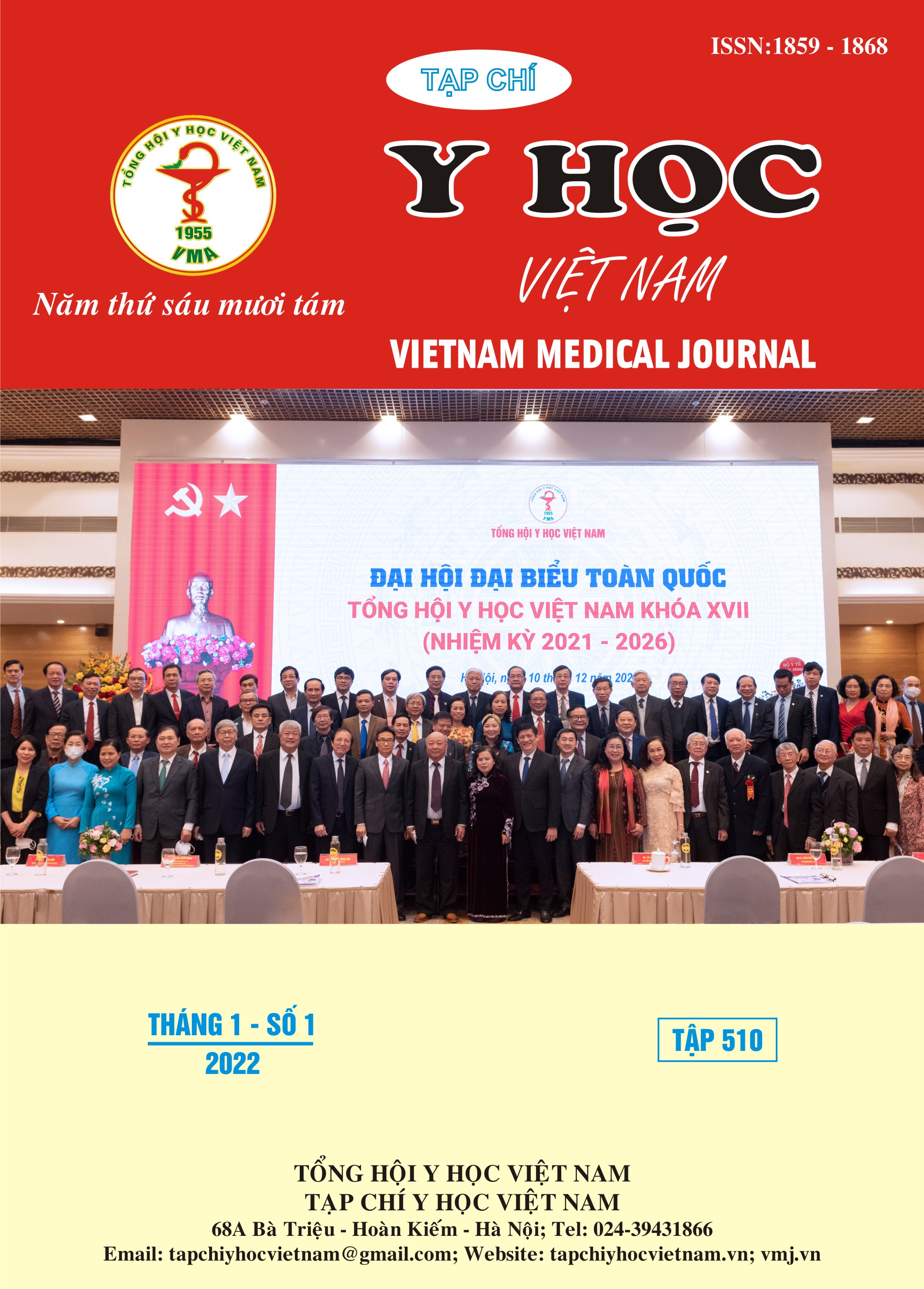WASTE RATE OF VACCINES AND EXPANDED PROGRAMME OF IMMUNIZATION IN THE SOUTHERN PROVINCE/CITIES AND RELATED FACTORS IN 2021
Main Article Content
Abstract
Objectives: Determining the vaccine wastage rate in Expanded Programme of Immunization and related factors in the southern provinces/cities in 2021. Method: Descriptive cross-sectional study design was carried out on 90 commune health stations in three provinces of Lam Dong, Binh Duong and Vinh Long through systematic stratified sampling method from provincial, district and commune levels. Result and conclusion: Measles vaccine wastage rate is 31.8%; MR 34.4%; DPT-VGB-Hib 0.7%; OPV 24.6%, DPT 56.3%; VAT 62.9%. The more the vaccines are packed with doses, the higher the wastage rate, which is correlated with the population, the number of subjects, the number of vaccination sessions, the topography, knowledge of training, and the practice of vaccine storage. The single dose DPT-VGB-Hib vaccine is less dependent on these factors. Main reason for canceling whole bottles was overdue 61%, followed by broken bottles 17.5%. Multi-dose vaccines have a higher waste rate than single-dose vaccines, the more doses the vaccine is packed, the higher the waste. The vaccine wastage rate is high in mountainous and midland geographical areas, low population, low vaccination population, these factors are correlated with each other. Meanwhile, single-dose vaccines do not depend on the above factors, depending on the storage and transportation procedures and the management skills of the warehouse staff of the warehouse staff and the up-line vaccination managers. Expiration is the major cause of bottle cancellations.
Article Details
Keywords
Vaccine wastage rate, vaccine administration, EPI, the southern area
References
2. Trịnh Trung Trực*. Võ Ngọc Quang TQT, Nguyễn Thị Thu Trang, Hoàng Anh Thắng, Phan Thị Quỳnh Trâm, Hồ Vĩnh Thắng. Thực trạng hệ số sử dụng vắc xin trong Tiêm chủng mở rộng tại 20 tỉnh/thành KVPN năm 2018. Tạp chí Y Học Dự Phòng. 2019:48.
3. Minh VPTCMRKVPN-VPTpHC. Báo cáo hệ số sử dụng vắc xin Khu vực Phía Nam từ năm 2015 đến năm 2019. Viện Pasteur Thành Phố Hồ Chí Minh. 2019.
4. Báo cáo Tiêm chủng mở rộng Khu vực Phía Nam năm 2015. Viện Pasteur Thành Phố Hồ Chí Minh. 2015.
5. Viện Vệ sinh dịch tễ Trung ương (2017) Quyết định số 11/QĐ-VSDTTƯ Về việc phê duyệt định mức sử dụng, dự trử vắc xin vật tư Tiêm chủng trong dự án Tiêm chủng mở rộng. Thư Viện Pháp Luật.
6. Viện Vệ sinh dịch tễ Trung ương (2019) Quyết định 1193/QĐ-VSDTTƯ "điều chỉnh mức sử dụng, dự trữ vắc xin và vật tư tiêm chủng trong Dự án Tiêm chủng mở rộng". Bộ Y Tế. 2019.
7. Mohammed SA, Workneh BD. Practical experience of vaccinators and vaccine handlers in vaccine cold chain management: A phenomenological study. Ethiopian Journal of Health Development. 2021;35(1).
8. Kure BC, Olugbenga OT, Mamzhil R, Crown S, Paul BA, Sabuwa BH, et al. Vaccine Management in North Central Nigeria: A Review of the Impact of Optimized Integrated Routine Immunization System, Kaduna State, Nigeria. 2019.


